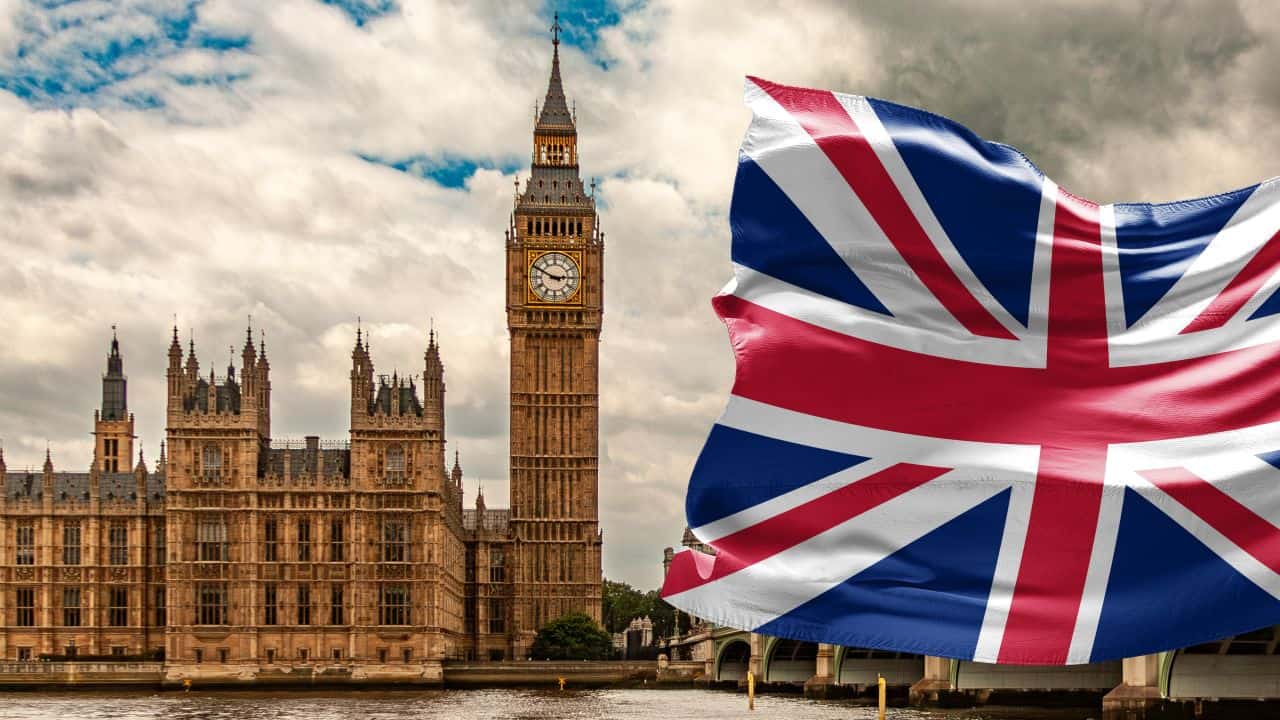Prime Central London (PCL) values saw 0.4% price growth in June, according to the LCP Private Office.
Over the 12 months to June 2025, however, PCL values dipped by -2.3%, the steepest annual drop since 2019. Transaction volumes remain subdued across the prime London market, down -21.7% on the previous year.
Liam Monaghan, managing director of LCP Private Office, comments: “The PCL sales market has remained significantly subdued, with transaction volumes in the year to March down -21.7% compared to the previous year, averaging just 57 sales a week.
“Central London portal, LonRes, reported an even more dramatic fall in prime London sales during May, with 35.8% fewer transactions than the same point a year ago, and 33.5% fewer than the 2017-2019 average for May.
“Meanwhile, the level of stock on the market continues to edge higher, particularly in the £5m+ market.
The end of the non-dom tax regime in April, ongoing buyer caution and general negative sentiment around the global economic volatility, are key factors impeding sales activity in the prime market.
“We expect buyers to proceed with caution over the summer months in the run up to the Autumn Budget, however, there is a compelling opportunity for savvy buyers to secure prime
London real estate in a less competitive market at the best value in a decade.
“Similarly, for vendors willing to price appropriately or remain open to accepting offers, there are real opportunities to transact.”
LCP says prices were down across the majority of Central London’s villages in the 12 months to June, with the most significant decreases seen in South Kensington across both flats (-4.2%) and houses (-4%). This prime village is currently showing the greatest value, with prices further below their 2015 market peak than any other area in PCL, down -13% for houses and a substantial -20.5% for flats.
The only villages to see price growth, albeit marginal, were Fitzrovia (0.2% growth for flats, 1.1% for houses), Mayfair (0.5% growth for flats only), with the largest growth seen in Marylebone (0.6% for flats and 1.1% for houses)
